Global chronic hunger has declined faster than hidden hunger thanks to large-scale food security programs around the world. This is a testament to the power of development-driven research, unwavering level of commitment, science-based foresight, and global cooperation and investment. While there is still a need to eradicate chronic hunger in many areas, renewed investment efforts on nutrition-driven programs need to be made to also get rid of hidden hunger.
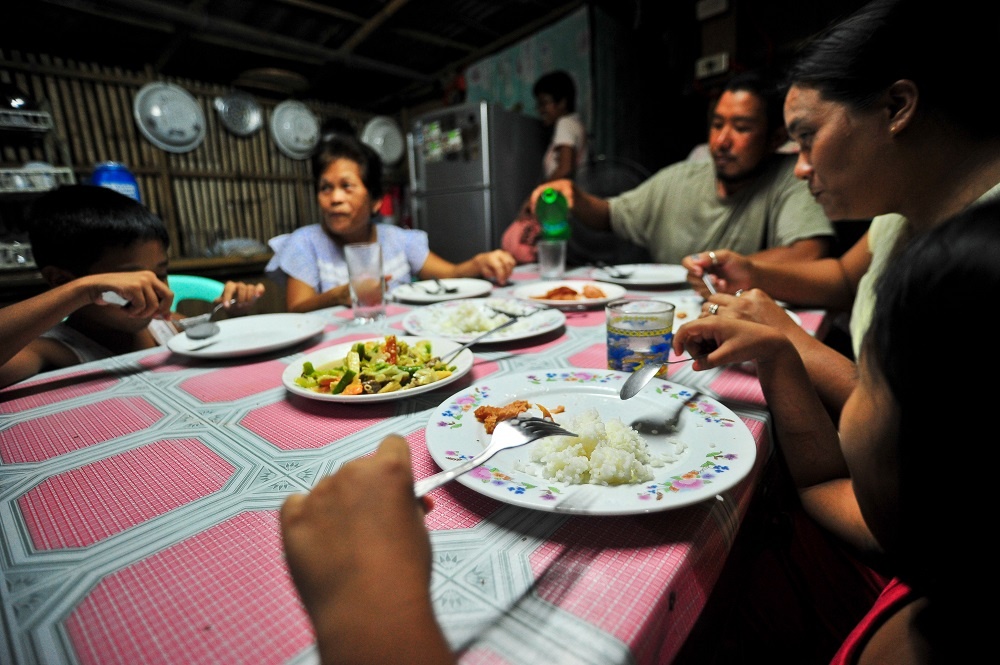
.
Hunger has been stalking humanity before and since the dawn of agriculture. Although farming is believed to have enabled humans to produce 10 to 100 times more calories per acre since shifting from hunting and gathering, significant populations across the planet have often suffered sustained periods of hunger.
Science as a weapon against hunger It was during the Green Revolution (1960–2000), led by international public institutions, that science was utilized as a potent weapon to fight hunger. The foundation for the burst of agricultural scientific output during the era was built in the 1940s when Dr. Norman Borlaug developed new disease-resistant, high-yielding wheat varieties in Mexico. By the 1960s, the improved varieties and agricultural mechanization turned the country from a wheat importer into an exporter as its cereal production exceeded national demand.
It was during the Green Revolution (1960–2000), led by international public institutions, that science was utilized as a potent weapon to fight hunger. The foundation for the burst of agricultural scientific output during the era was built in the 1940s when Dr. Norman Borlaug developed new disease-resistant, high-yielding wheat varieties in Mexico. By the 1960s, the improved varieties and agricultural mechanization turned the country from a wheat importer into an exporter as its cereal production exceeded national demand.
Parallel success stories were recorded in Asia as a result of the Green Revolution in rice. Perhaps the most spectacular of these was India’s rise to the world’s leading rice exporter from a net importing country in the mid-1960s. Between 1971 and 2015, the country’s rice production increased by 250%.
In Green Revolution: Impacts, limits, and the path ahead, Prabhu Pingali, a professor at the Charles H. Dyson School of Applied Economics and Management and in the division of Nutritional Sciences at Cornell University, provided a detailed retrospective of the Green Revolution’s achievement in improving agricultural productivity:
Positive impacts on poverty reduction and lower food prices were driven in large part by crop germplasm improvements in CGIAR centers that were then transferred to national agricultural programs for adaptation and dissemination. The productivity gains from crop germplasm improvement alone are estimated to have averaged 1.0% per annum for wheat (across all regions), 0.8% for rice, 0.7% for maize, and 0.5% and 0.6% for sorghum and millets, respectively. Adoption rates of modern varieties in developing countries increased rapidly, reaching a majority of cropland (63%) by 1998.
Estimates suggest that, without the CGIAR and national program crop germplasm improvement efforts, food production in developing countries would have been almost 20% lower (requiring another 20–25 million hectares of land under cultivation worldwide). World food and feed prices would have been 35–65% higher, and average caloric availability would have declined by 11–13%. Overall, these efforts benefited virtually all consumers in the world and the poor relatively more so, because they spend a greater share of their income on food.
Complementing science-driven technological innovations of the Green Revolution are the enabling government policy environment and institutional frameworks to educate farmers about high-yielding varieties and modern crop management practices. In this regard, national agricultural research systems were created and/or funded by governments, to generate improved production technologies and provide support for the national program of agricultural development. This is particularly true in developing nations where national research organizations can rapidly meet the needs of smallholder farmers and are also equipped to tailor international agricultural research to local conditions on the ground.
Other government interventions that contributed to the success of the Green Revolution include access to subsidized seeds and agricultural input, agricultural credit schemes, and production and market infrastructure, and support for higher farm prices to ensure that farmers receive adequate returns on their investments.
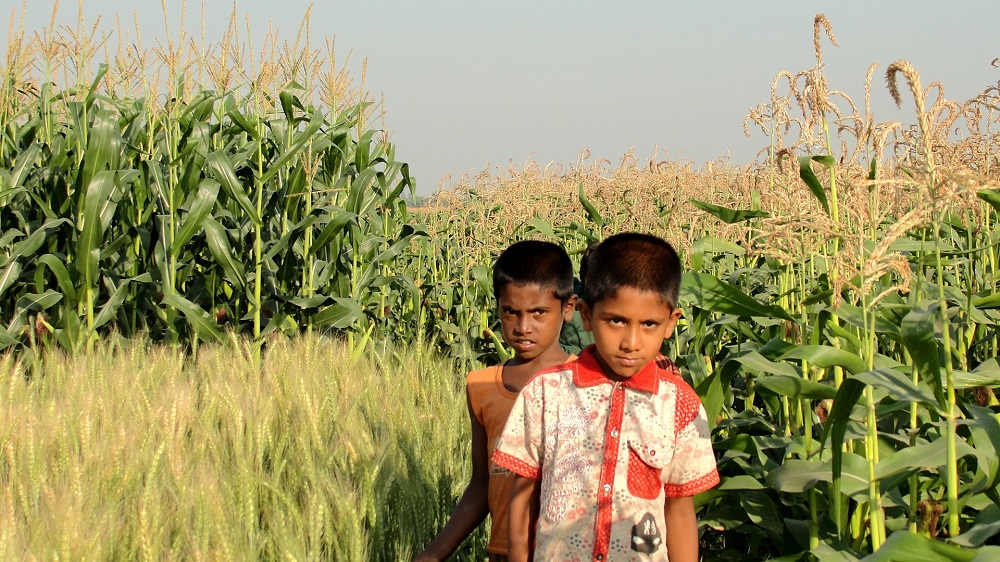
.
An ongoing struggle to chip away at hunger
Tragically, hunger, because it is such a complex problem, continues to exist. Hunger has two faces: chronic and hidden. The two are different problems that require different solutions but are also closely linked in significant ways. The common denominators for both include poverty, climate change, conflict, inadequate governance, and a faulty food distribution system.
Chronic hunger refers to the condition where an individual does not eat a sufficient amount of food to meet the dietary energy and proteins over a long period. Hidden hunger refers to malnutrition resulting from eating a diet that lacks vitamins and minerals necessary for healthy growth and development. So, the former is about the quantity of food and the latter is about the quality of the diet.
The war against chronic and hidden hunger may not be over but the efforts to fight them and their impact have not been stagnant either.
A recent study, The global burden of chronic and hidden hunger revisited: New panel data evidence spanning 1990–2017, analyzed the role of cereal production on chronic and hidden hunger. Authors Bert Lenaerts, a doctoral researcher in development economics and economic geography at U. Hasselt, Centre for Environmental Sciences, and Matty Demont, a market and food systems economist at the International Rice Research Institute (IRRI), found evidence that chronic and hidden hunger has come down considerably since 1990.
They further found evidence that increasing cereal production reduces chronic hunger.
“In the paper, we looked at cereals in two ways: cereals produced in the country and cereals imported by a country,” said Mr. Lenaerts. “And we see both actually have a significant effect on reducing chronic hunger.”
“That’s the basic message that we found,” Dr. Demont added. “The fact that cereals continue to play a determining role in reducing chronic hunger.”
“Thanks to large-scale food security programs around the world, global chronic hunger has declined faster than hidden hunger, to the point that the latter has surpassed the former,” IRRI Director General Jean Balié said. “This is a testament to the power of development-driven research, unwavering level of commitment, science-based foresight, and global cooperation and investment. While there is still a need to eradicate chronic hunger in many areas, renewed investment efforts on nutrition-driven programs need to be made to also get rid of hidden hunger”
Systemic hunger pangs
In 2017, an estimated 821 million people or one in every nine people in the world suffered from chronic hunger, according to a report by the UN Food and Agriculture Organization (FAO).
Chronic hunger stems from systemic problems (vicious cycles) and, thus, requires solutions that challenge the status quo and introduce the needed, sustainable change.
This tremendous challenge is being addressed in the CGIAR 2030 Plan that calls for transformations of its research programs to usher in a “food systems revolution” to tackle challenges related to sustainability, nutrition, genetics, socio-economics, and information and to contribute to the United Nations Sustainable Development Goals (SDGs) through greater cooperation between Centers.
Three research-for-development institutes under One CGIAR that have been working on increasing the production of major cereals—IRRI, Africa Rice Center (AfricaRice), and International Maize and Wheat Improvement Center (CIMMYT)—are shifting focus from a commodity-based research strategy to an integrated approach to create a new paradigm on food systems. One goal under the food systems revolution is improving smallholder livelihoods and incomes.
The study underscored the importance of increasing income in reducing hunger.
“The effect of income on diets is conditioned by the food environment, which determines the availability, access, affordability, promotion, advertising, information, quality, and safety of food,” said Dr. Demont.
“Although increasing the production and importation of cereals has a significant effect on reducing hunger, the effect seems to be bigger for imports,” Mr. Lenaerts explained. “This highlights the potential role of imports to supplement the inadequate production of food and hence, strengthen global food security.
The study further suggested that it is not trade openness per se but purchasing power that affects the burden of hunger.
“If you have more income, then you might be able to import more cereals,” Mr. Lenaerts concluded.
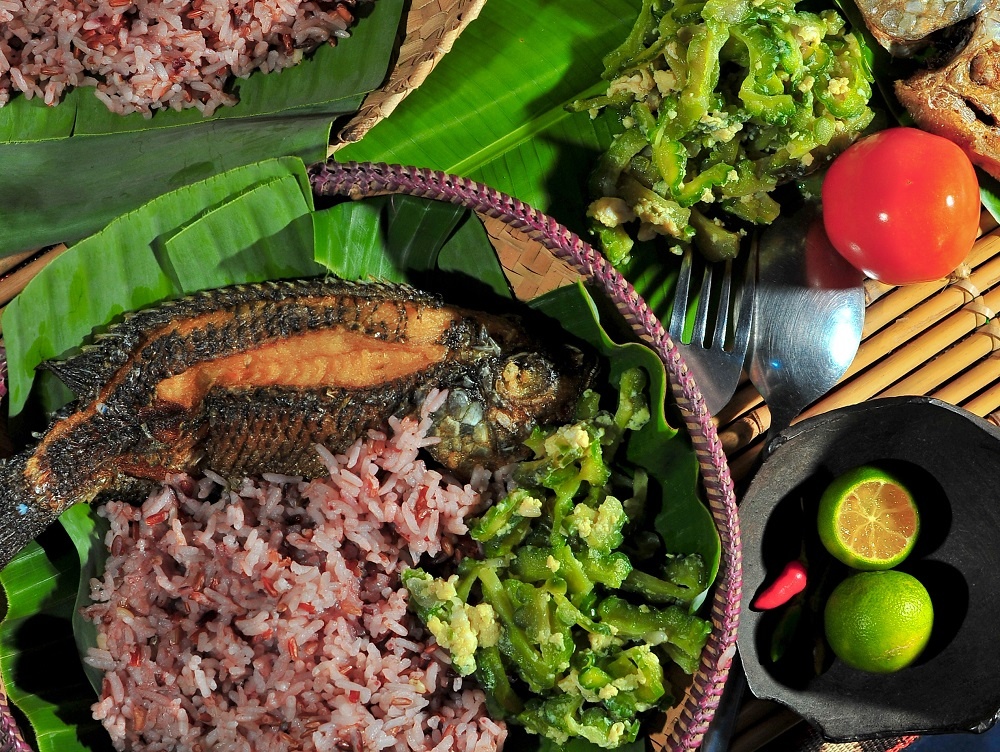
..
Affordable but incomplete diet
The FAO report on the state of the world’s food security and nutrition also shows that, despite some progress, malnutrition remains a persistent challenge. In fact, after decades of steady decline, has been increasing since 2014, according to The State of Food Security and Nutrition in the World.
Nutrition scientists and policymakers have long recognized the connection between micronutrient deficiency and diets that are heavily reliant on cereal staples. People, predominantly those who live in poverty, often depend more on rice, maize, and wheat because they cannot stretch their grocery budget to buy other complementary food items.
Although highly affordable, these grains do not provide enough of the nutrients required for good health such as iron, zinc, or vitamin A.
Dietary diversity consisting of nutrient-rich food has significant implications for improving human health, according to The Rockefeller Foundation–Lancet Commission report on planetary health. Cereals must be complemented with more nutritious—but also more expensive—foods like nuts, fruits, and vegetables and smaller proportions of dairy, fish, and meat to form a healthy, diversified diet.
If left unchecked, a diet clearly deficient in one or more micronutrients could result in hidden hunger. Vitamin A, iodine, and iron deficiencies have the greatest public health significance in the developing world. In 2013, FAO reported that hidden hunger affects more than 2 billion people—or one in three—around the world. The consequences of poor nutrition can be devastating ranging from serious mental and physical impairments, compromised immune system, low productivity, and even death.[12]
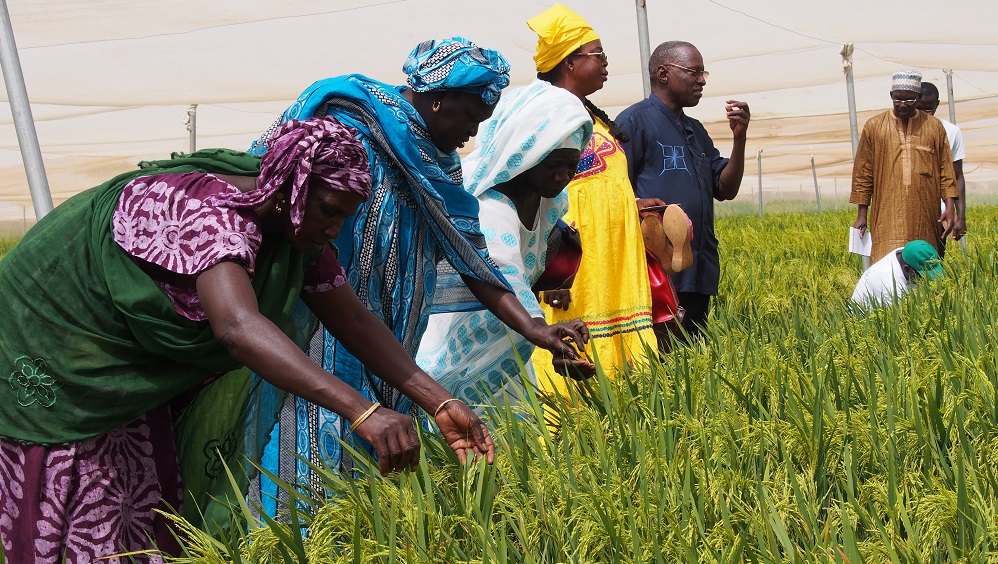
.
Gender and hidden hunger
In Asia, where rice serves as a staple of the region’s 560 million hungry people, IRRI sees biofortification of rice and diversification of diets as key strategies to improve the food security and the nutritional status of malnourished people. IRRI builds on its expertise in developing and promoting standards for the rice sector to improve regulatory frameworks for public health and mitigate potential risks related to unhealthy diets.
Similarly, CIMMYT is addressing hidden hunger with HarvestPlus and the International Institute of Tropical Agriculture, and several other stakeholders to improve the nutritional quality of staple-dependent food systems. In partnership with a broad network of national and private-sector partners, CIMMYT has released over 60 improved maize and wheat varieties fortified with zinc or provitamin A in 19 countries.
Additionally, gender empowerment, another common goal under the respective strategies of IRRI, AfricaRice, and CIMMYT to transform food systems and deliver nutritious and sustainable diets, can help mitigate hidden hunger, according to the researchers.
“We find a strong association between cereals and the reduction of chronic hunger but we find that gender equity, in fact, addresses the second part of the global burden of hunger and that is hidden hunger,” Dr. Demont said. “Increased income can reduce hidden hunger when the food environment enables it to be used on healthy diets, and women’s empowerment and gender equality are important mediators of this impact pathway.
“Given the ongoing COVID-19 pandemic, improving the understanding of the role of public health and gender equality on hidden hunger is a priority towards assessing the impact of the pandemic on middle- and low-income countries,” he added.
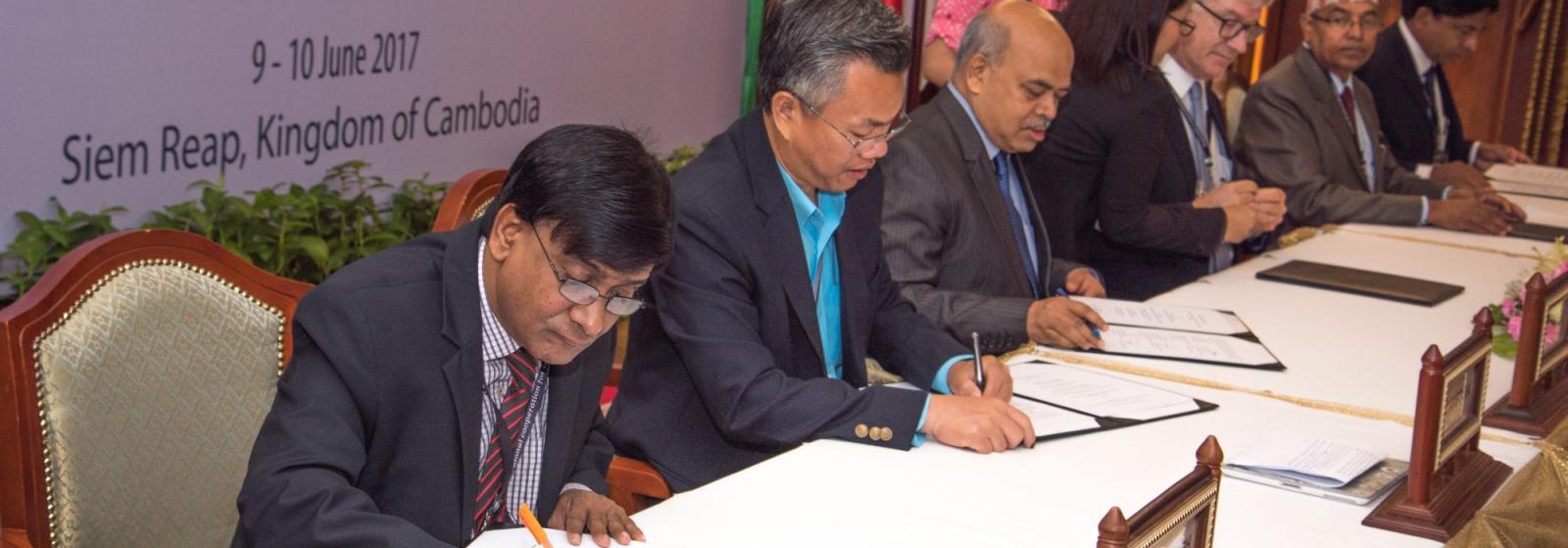
.
No hungry nation left behind
For several decades, since the Green Revolution, the cornerstone of food security has been increasing the production and productivity of cereal crops. Many countries have put in place national policies for boosting the production of staple crops. In Asia, for example, where rice is the main cereal, an array of policy interventions focus on the rice sector. In recent years, many major rice-producing and rice-consuming Asian countries have overhauled policy efforts to achieve self-sufficiency and stabilize domestic prices.
The authors also recognize the role that regional cooperation can play to accelerate the realization of the Sustainable Development Goals, particularly on ending global hunger.
“If you look at the paper, one thing is obvious,” Mr. Lenaerts said. “Hunger and poverty are largely concentrated in South Asia and sub-Saharan Africa—with very few exceptions. Looking at this more closely, there might be a need for more regional coordination or even a singular policy to fight hunger because easing hunger in just one country may not be effective as hunger may simply spillover from the neighboring countries.
“We didn’t look into the details but this kind of regional focus might be more efficient in the long run than just focusing on a single country. Of course, we only call for a regional scope in fighting hunger, local solutions remain vitally important,” he added.
For its part, IRRI is stepping towards that direction with the endorsement of the Association of Southeast Asian Nations (ASEAN) member states and the support of Plus Three dialogue partners for the launch of the ASEAN Rice Net.
“The ASEAN Rice Net is a new regional network for sharing and evaluating advanced IRRI-developed rice breeding lines,” Dr. Balié said. “This collaborative partnership, which is underpinned by the Rice Genetic Solutions for Climate Resilience and Value Addition program, will accelerate farmers’ access to high-value varieties to help them to adapt to changing environmental conditions while achieving long-term increases in rice productivity and incomes. The ASEAN Rice Net is projected to generate economic benefits across the region of at least USD 0.5 billion from variety releases alone.”
The IRRI-sponsored “Seed Without Borders” initiative is a multi-country seed sharing agreement that helps the mutual recognition of rice varieties among signatories. By establishing a standard regulatory system for varietal release, the agreement allows new and better seeds that have been tested, approved, and released in one country to be released in other countries without undergoing further testing and evaluation, as long as they will be grown under similar agroclimatic conditions. Thus, seeds of improved rice varieties can reach farmers more rapidly.
Originally signed by India, Bangladesh, and Nepal in 2014, the agreement has already enabled eight rice varieties to be released and shared across the three countries within three years since its launch. The regional seed sharing agreement has now expanded to include Myanmar, Sri Lanka, Cambodia, and Bhutan and has been extended to include maize, wheat, vegetables, and pulses.
As such, the “Seed Without Borders” initiative speeds up the distribution of modern rice varieties across nations in South and Southeast Asia and constitutes another important instrument to improve regional food and nutrition security.
Recognizing its important role, the South Asian Association for Regional Cooperation agreed to develop a permanent framework and mechanism for the “Seeds Without Borders” initiative and will request all member countries to join.
The fight continues
“In my view, this study provides data and analyses showing the importance of cereals as components of nutritious, affordable diets,” said Kevin Pixley, the deputy director general for research at CIMMYT.
“The central role of cereals in reducing both chronic and hidden hunger is a call to action for enhancing their sustainably increased productivity,” Dr. Pixley added. “We should not focus on whether chronic or hidden hunger is more prevalent or important; neither is acceptable, and both remain unacceptably prevalent.”
“To tackle both simultaneously, policymakers need to renew their commitment to invest in agriculture research to address the multidimensional aspect of hunger including food availability and access both physical and financial, diet diversity, and affordability; micronutrient density of cereals; sustainable diversification of food production systems; and nutrition-sensitive food value chains,” Dr. Balié said.
“Given the diversity of interests at stake, it is very important to obtain an enduring political commitment at the highest level in the economically advanced economies as well as in the global south to not only mobilize the resources but also to adjust the mindset to finally eradicate hunger in the world,” he concluded.
Read the study:
Lenaerts B and Demont M (2020) The global burden of chronic and hidden hunger revisited: New panel data evidence spanning 1990–2017. Global Food Security: Volume 28.





